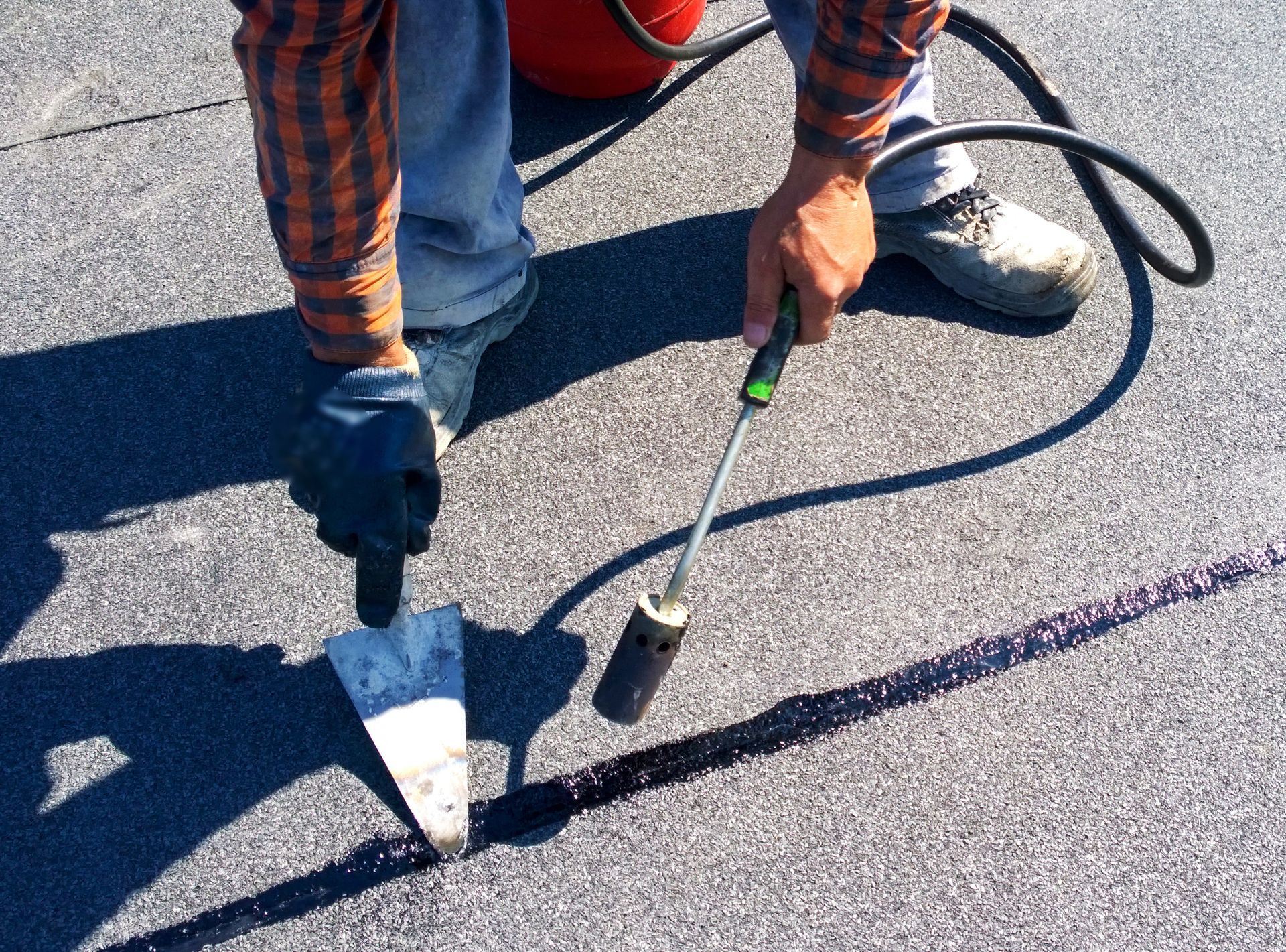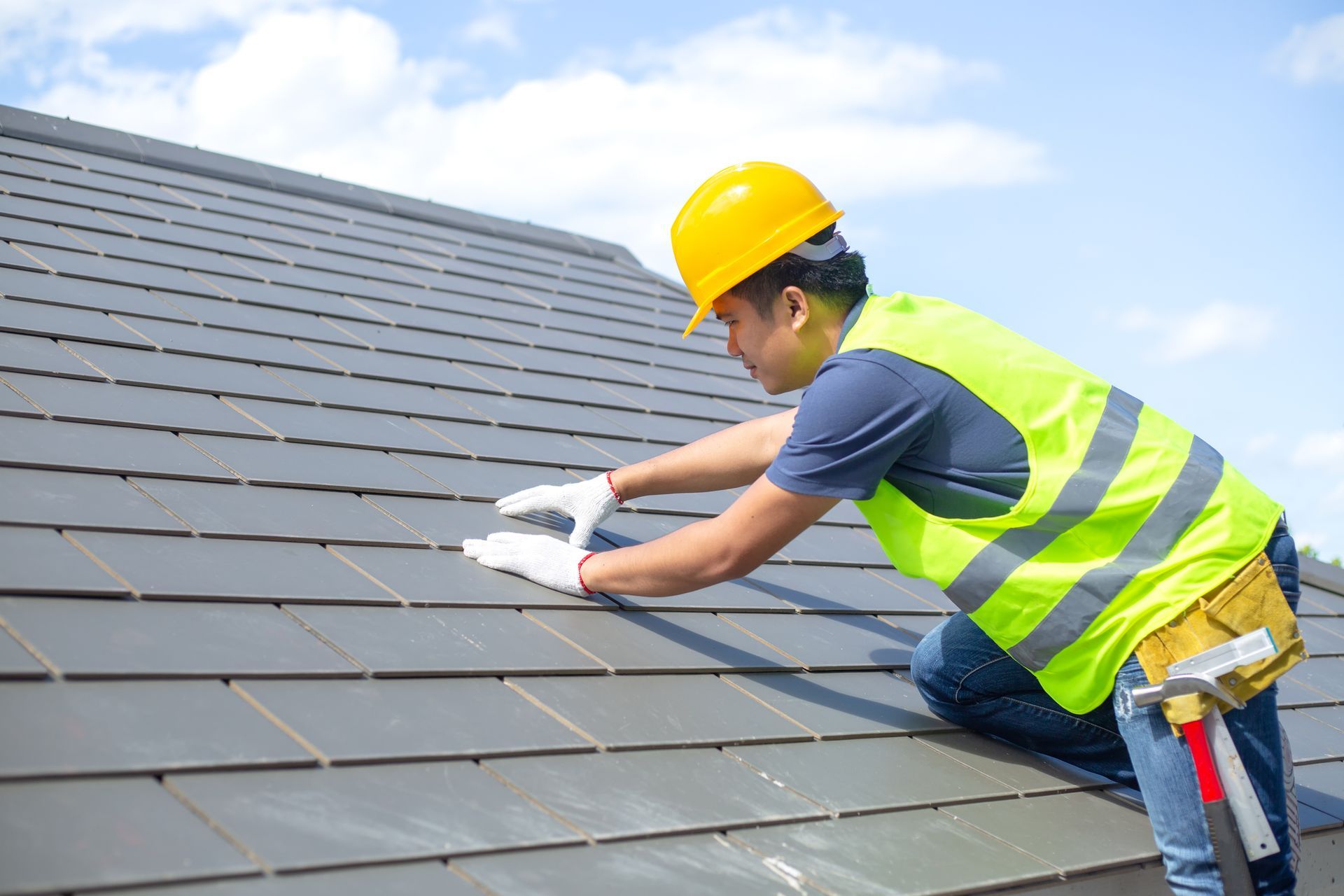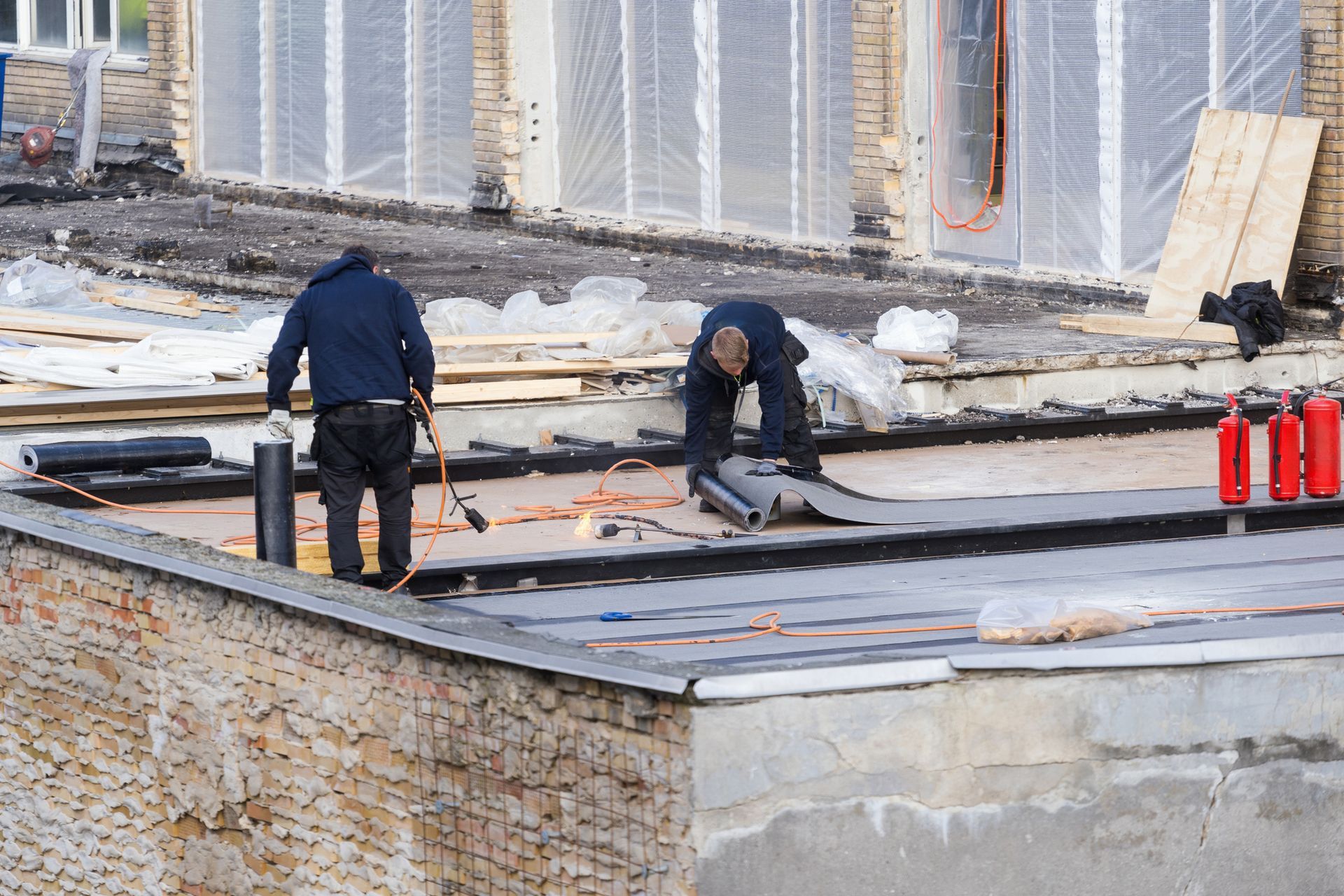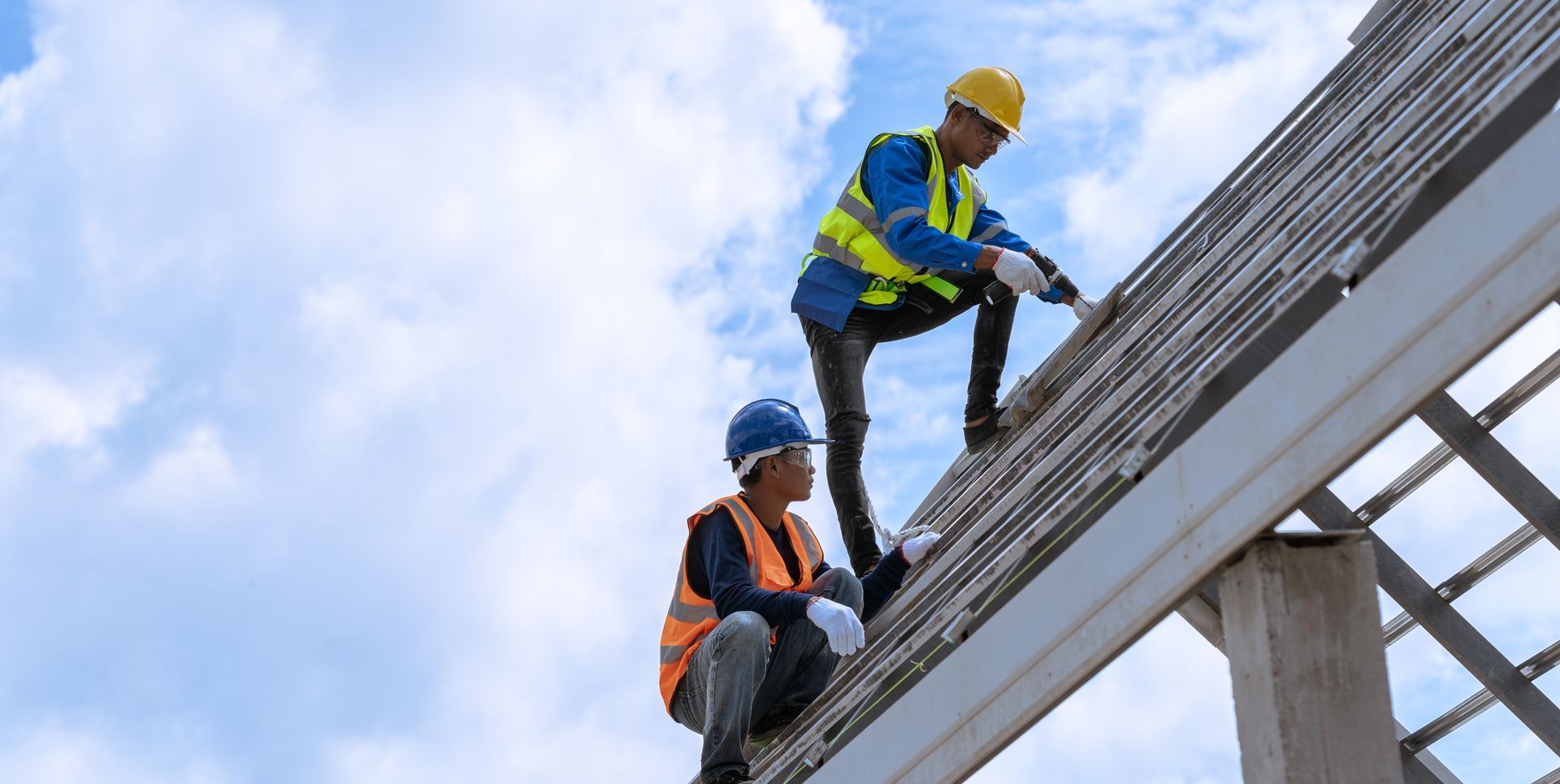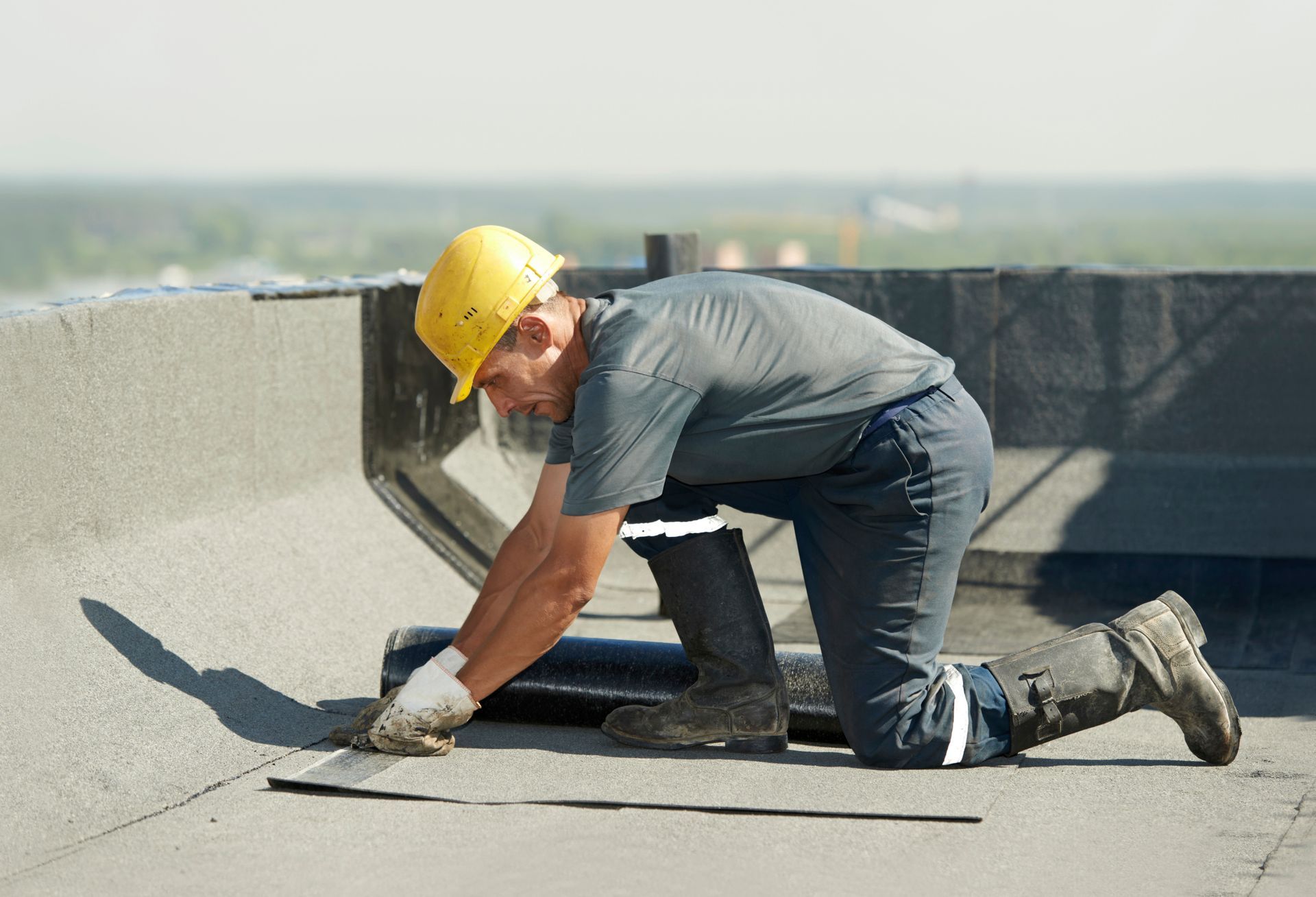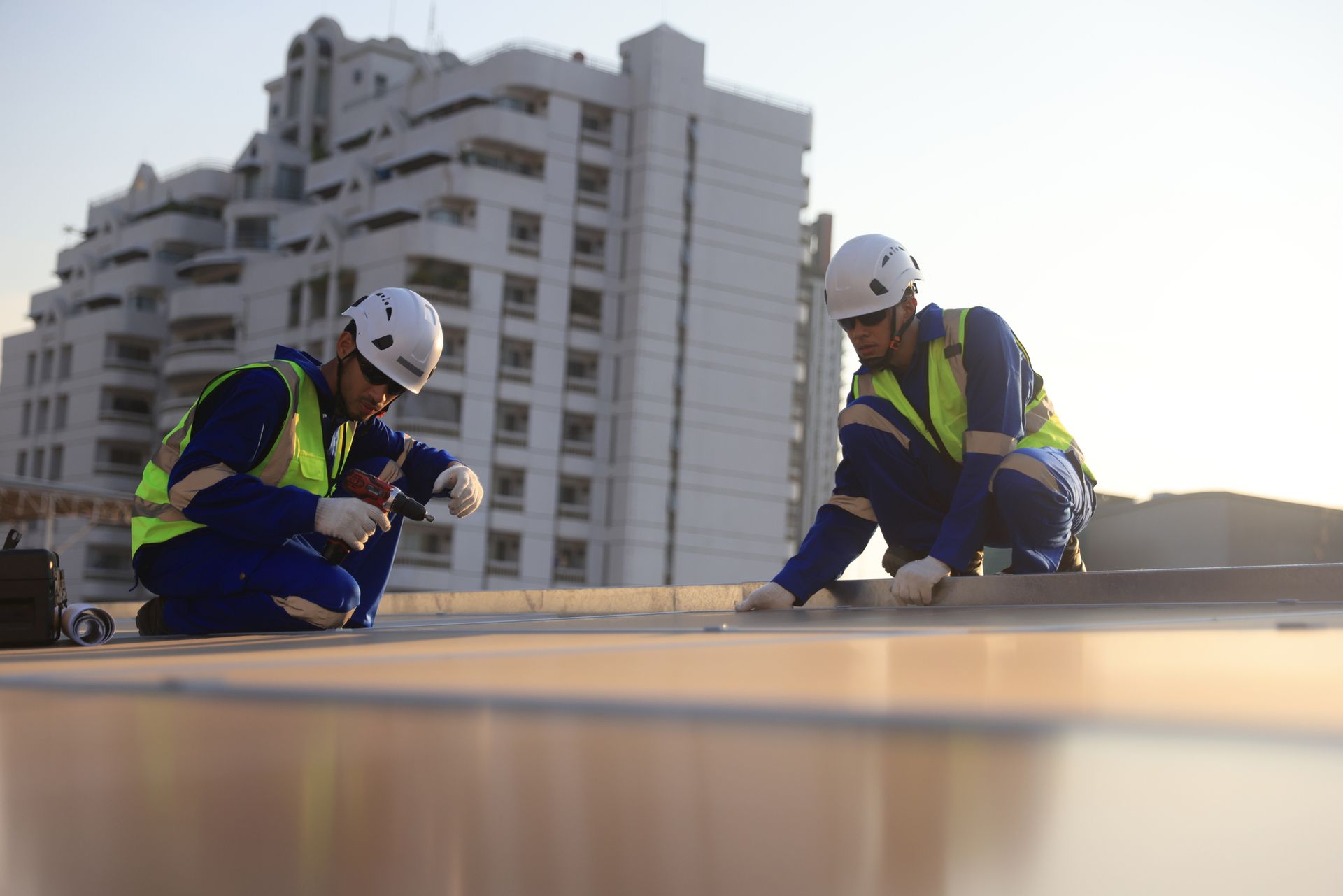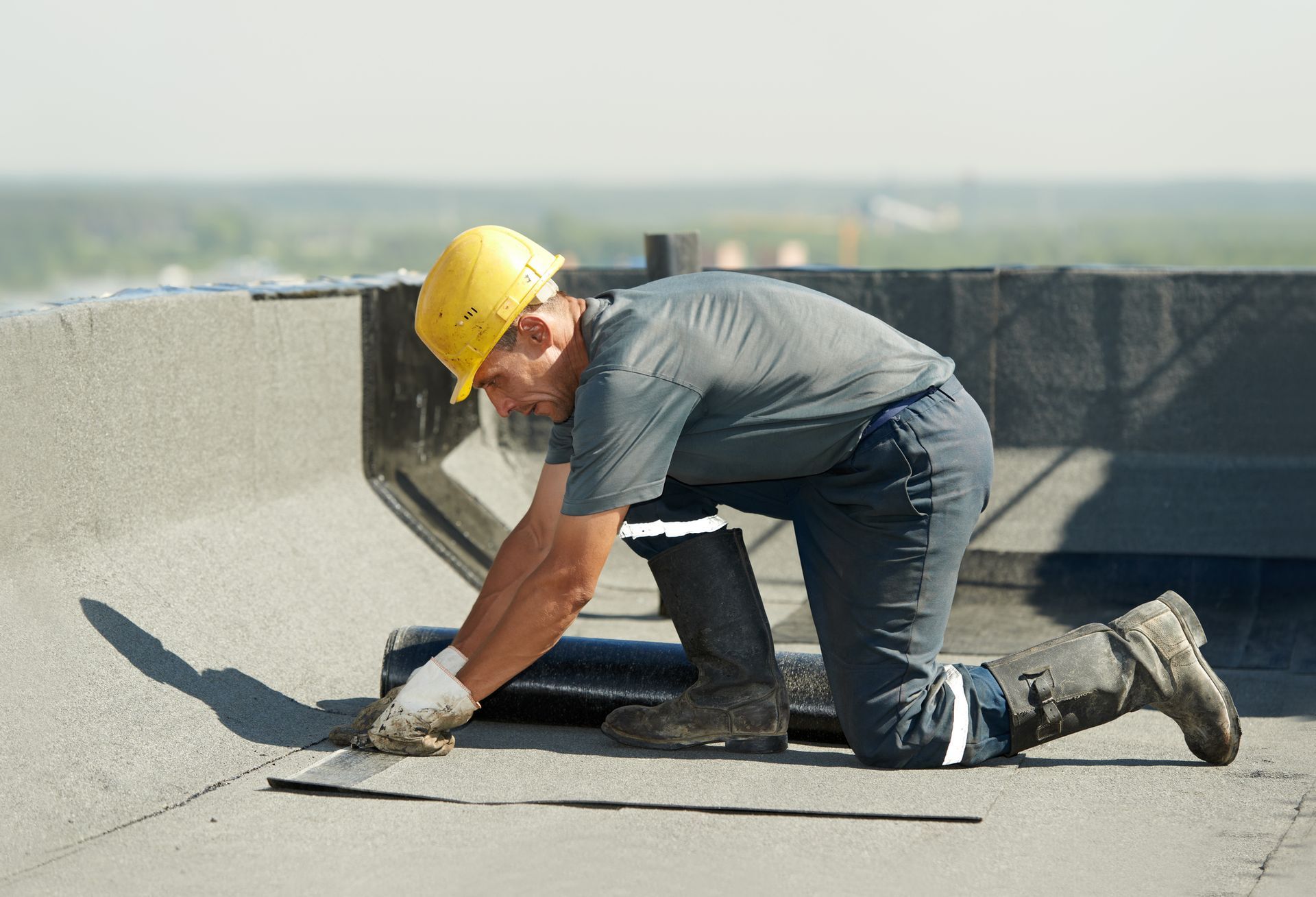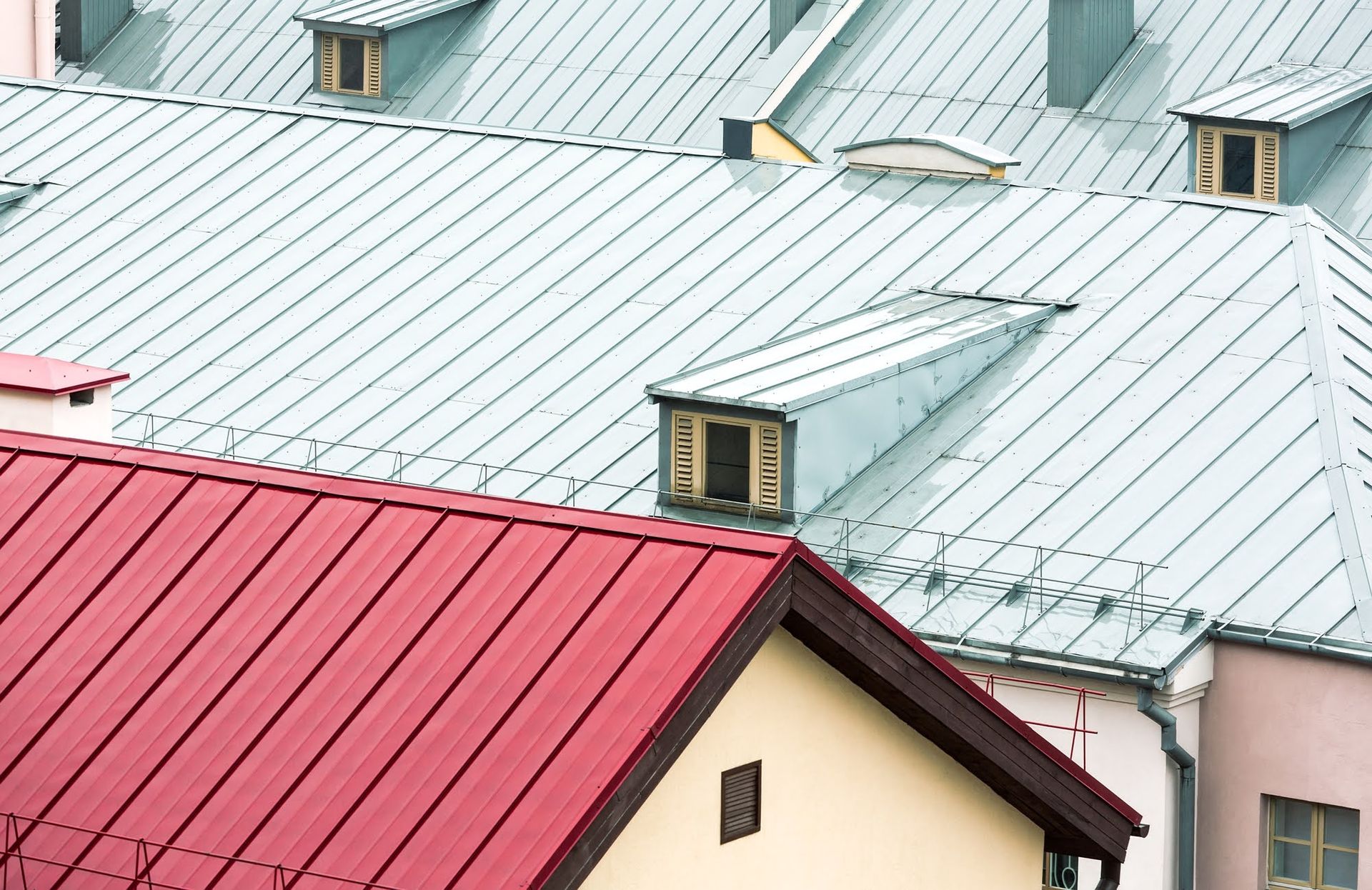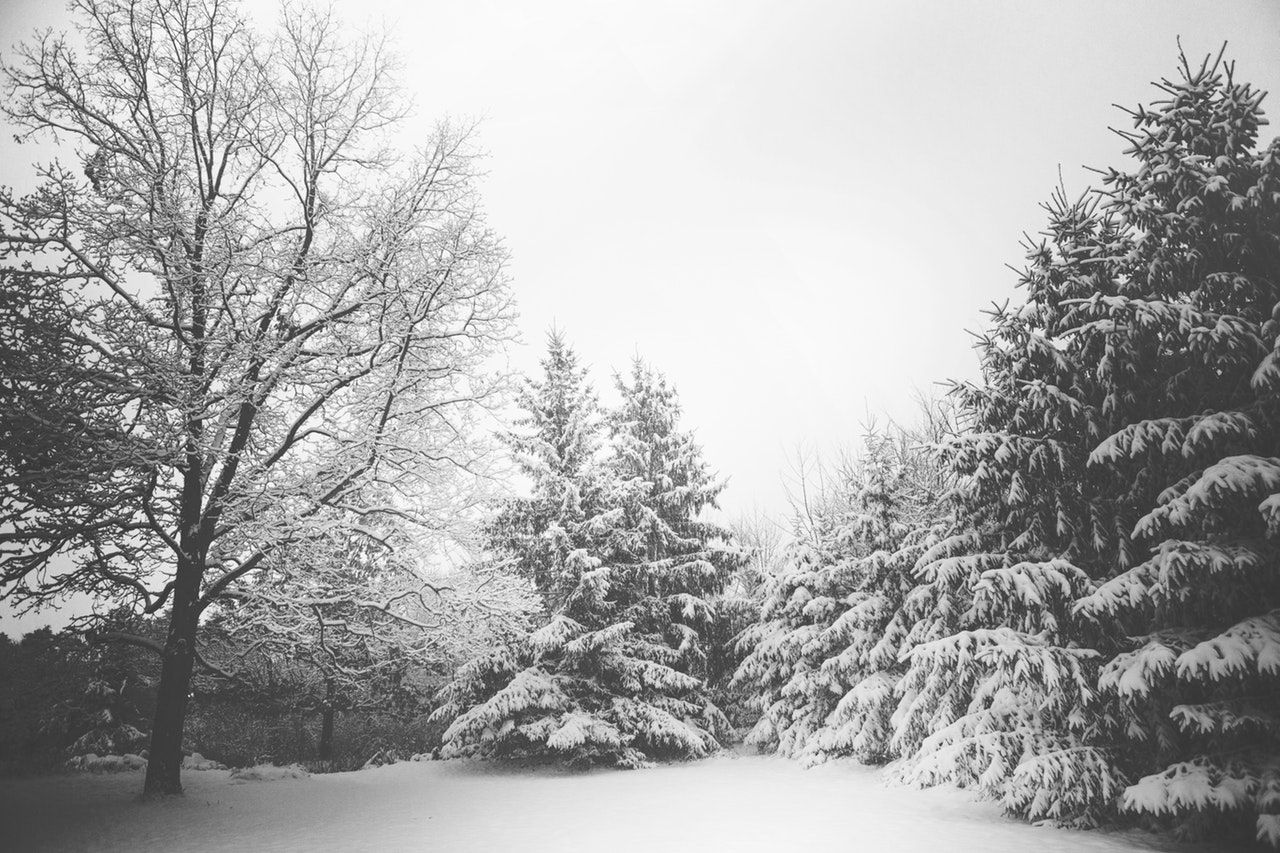3 Facts About Green Roofs on Commercial Buildings
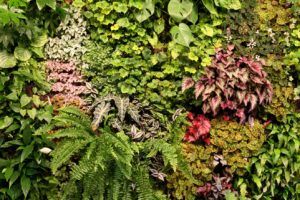 Does your commercial structure have a flat or slightly sloped roof? If it does, install a green roof and reap the rewards of sustainability. Here are three facts about green roofing systems on commercial buildings.
Does your commercial structure have a flat or slightly sloped roof? If it does, install a green roof and reap the rewards of sustainability. Here are three facts about green roofing systems on commercial buildings.
- You Can Choose How Deep to Plant
A green roof is green in the sustainable sense and by its visual impact. Over a special waterproof system, plants are installed in growing medium. The placement and selection of plants determine whether you create a lush patch of grass or a roof-top walkway with shade trees and flowering plants.
You can choose from three levels of green roof installations. Your choices may be limited by your roof load and the accessibility of the roof. The three main types of green roofs along with general descriptions are listed here.
Extensive
This type of green roof is a shallow installation with a grow-medium depth of around six inches. The extensive green roof is inaccessible to visitors and features a limited array of plants.
Extensive green roofs are designed with lighter roof loads for small buildings and those with lower roof-load tolerances. This type of roof is also low-maintenance and needs only infrequent irrigation.
Intensive
An intensive green roof features a deep growing medium of several feet, so your building needs a sturdy roof to support this type of green roof. Trees and other plants with deep roots are supported by the installation, which allows you to have interesting plant diversity.
Since the intensive green roof requires more frequent maintenance, it’s designed to be accessible. In cities around the world, intensive green roofs become sky-high parks for residents and workers in the buildings that host them. Pathways and seating areas offer a respite from urban clamor in the intensive green-roof garden.
Semi-Intensive
This type of green roof is a hybrid of the intensive and extensive types of roofing systems. In one area of the roof, you may plant native grasses and shallow-rooted plants. In another section of roof, deep-rooted shrubs and fruit trees may be installed.
This solution works for odd-shaped buildings and buildings where some of the roof supports are stronger than others. A building with a shady and a sunny side can also benefit from a mixed green roof installation.
Each of these green roof types has its advantages and disadvantages. Your green roofing professional is the best source of accurate planning information about the categories of roofs, and he or she will offer solid advice as you develop your green roofing project.
- You Reap Rewards With a Green Roof
Green roofs become havens for birds, people, and plants. This increases the biodiversity in the neighborhood. The sustainable roof on your commercial structure also benefits your bottom line.
When you have a green roof covered in plants, your roof acts as a superior insulator for the rest of the building. You can expect reductions in heating and cooling costs after a green roof is in place for a growing season.
If your building, neighborhood, or town is experiencing issues with storm water run-off, street flooding, and other drainage problems, a green roof helps solve the issues. Instead of spilling over the sides of buildings and pouring into storm drains, rainwater is captured by the roof and used to sustain the green thermal mass.
When you have a green roof to absorb the rain, you have fewer flooding issues on your property, and adjacent storm drains don’t get overloaded. The green roof also filters rainwater to make any runoff cleaner as it’s released to the ground below. The exterior of your building will have less debris and stains from dirty water rolling down the sides.
- Your Green Roof Offers Longevity and Fast Returns
Experts project that green roofs will last twice as long as conventional roofs. Part of the durability of a green roof comes from the sandwiching of multiple layers of material. Some green roofs use up to eight individual types of material to create the base for the plants.
Layers in a green roof may include:
- Filtration material
- Waterproof membrane
- Root-repellent fabric
- Thermal insulation
- Vapor barrier
The increased layers under the growing medium and plants provide excellent resistance to the elements that is unmatched by standard commercial roofing installations. The extra layers protect your building from pests, hail, and moisture issues.
Experts predict that the payback from a green roof can be realized in just over six years, with an average estimated ROI of 224 percent. There are higher maintenance costs depending on the type of roof you choose, but the costs are offset by a roof that won’t need to be replaced for many years.
A green roof can be whatever you need it to be as far as the design, plant selection, and complexity go. Don’t be shy about expressing your needs and wants to your roofing professional. They have the power to source the materials and plants that make your ideas come to life on top of your commercial building.
Contact the roofing experts at Berwald Roofing Company, Inc. , today to get started on your commercial green roof project. We provide materials, plants, and expert installation of sustainable roofs on structures throughout the state of Minnesota.
The post 3 Facts About Green Roofs on Commercial Buildings appeared first on Berwald Roofing Inc.


